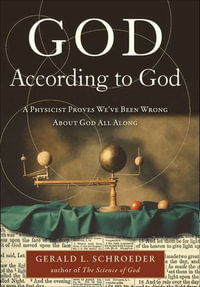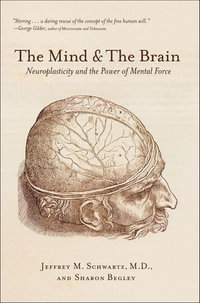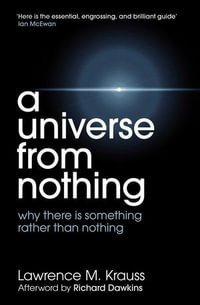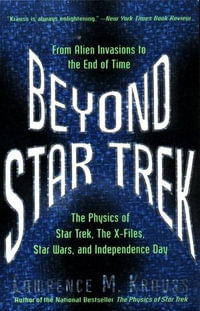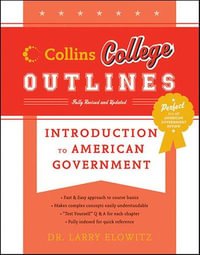
eTEXT
Laminar-Turbulent Transition
IUTAM Symposium, Sedona/AZ September 13 - 17, 1999
By: H. F. Fasel, W. S. Saric
eText | 9 March 2013 | Edition Number 1
At a Glance
eText
$479.01
or
Instant online reading in your Booktopia eTextbook Library *
Read online on
Desktop
Tablet
Mobile
Not downloadable to your eReader or an app
Why choose an eTextbook?
Instant Access *
Purchase and read your book immediately
Read Aloud
Listen and follow along as Bookshelf reads to you
Study Tools
Built-in study tools like highlights and more
* eTextbooks are not downloadable to your eReader or an app and can be accessed via web browsers only. You must be connected to the internet and have no technical issues with your device or browser that could prevent the eTextbook from operating.
ISBN: 9783662039977
ISBN-10: 3662039974
Published: 9th March 2013
Format: PDF
Language: English
Publisher: Springer Nature
Edition Number: 1
You Can Find This eBook In
This product is categorised by
- Non-FictionEngineering & TechnologyMechanical Engineering & MaterialsMechanical Engineering
- Non-FictionSciencePhysicsClassical MathematicsFluid Mechanics
- Non-FictionEngineering & TechnologyTransport Technology & TradesAutomotive Technology & Trades
- Non-FictionEngineering & TechnologyTechnology in General
- Non-FictionSciencePhysicsThermodynamics & Heat


